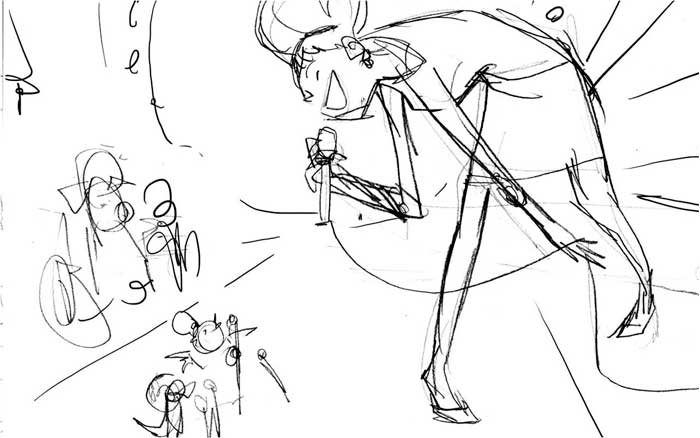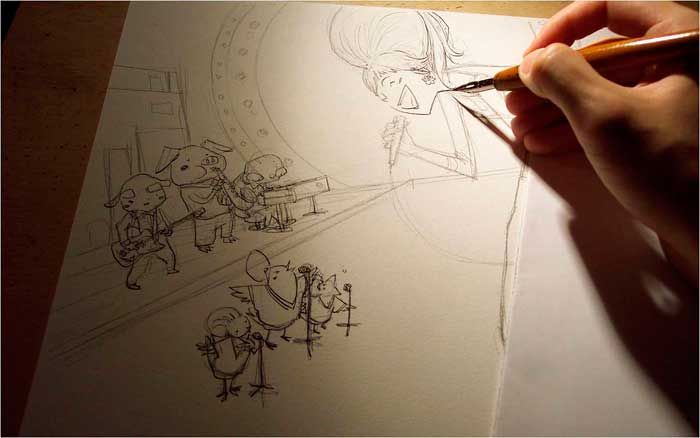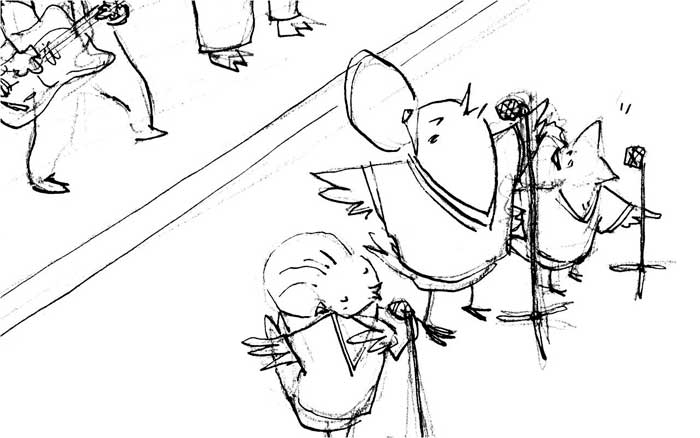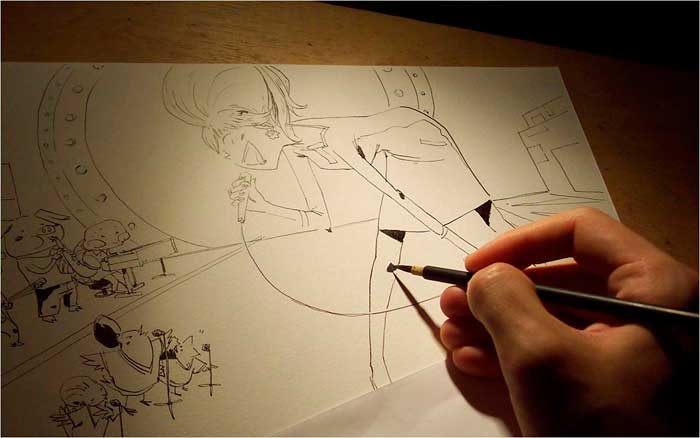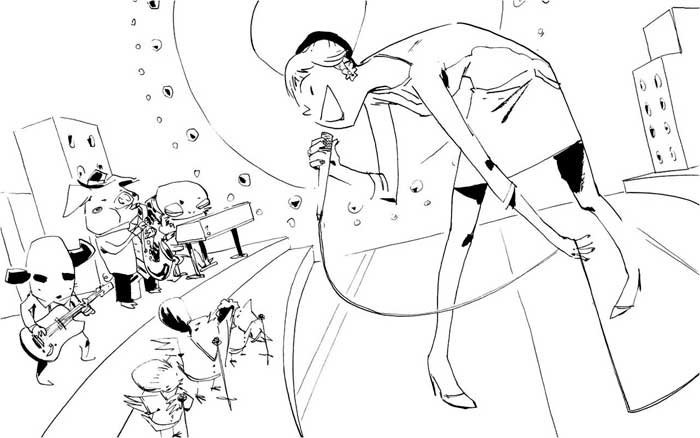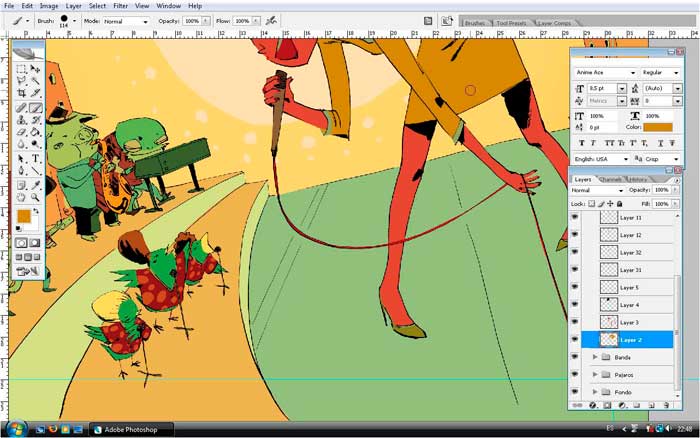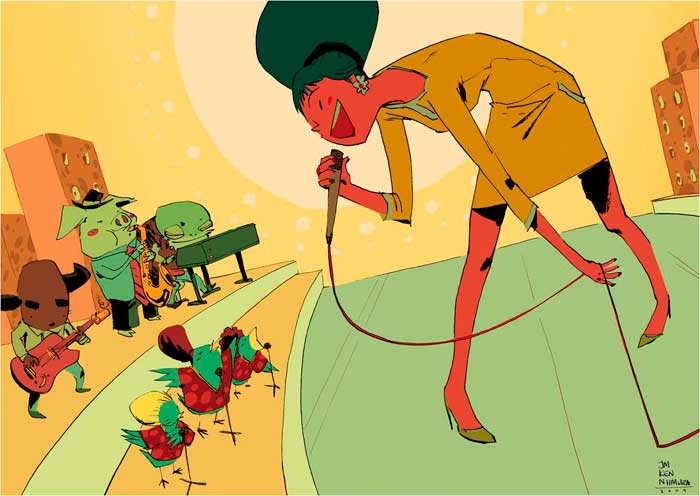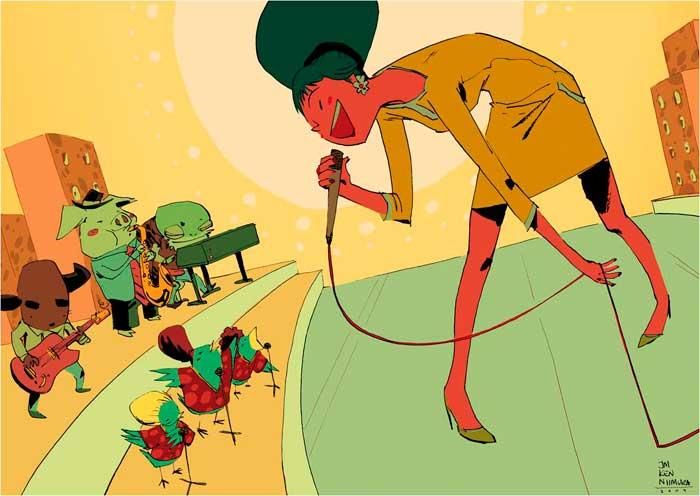
Preparation: 1 and a half hours / Coloring: 3 hours / Level: advanced
Artist : JM Ken Niimura
What is the secret to successful digital coloring? A perfectly composed drawing and meticulous inking. Goal of this exercise: teaching you to organize your preliminary work. Child's play!
Material
- Canson Illustration 250 g/m2 - fine grained cold pressed
- Black India ink
- Pencils and paintbrushes: 1 0.5 HB mm mechanical pencil, 1 medium Japanese paintbrush (tanuki bristles), 1 pen
- Acesorries: 1 eraser, paper handkerchiefs, 1 rag, 1 wood board (bigger than the sheet of paper), sheets of A4 paper
